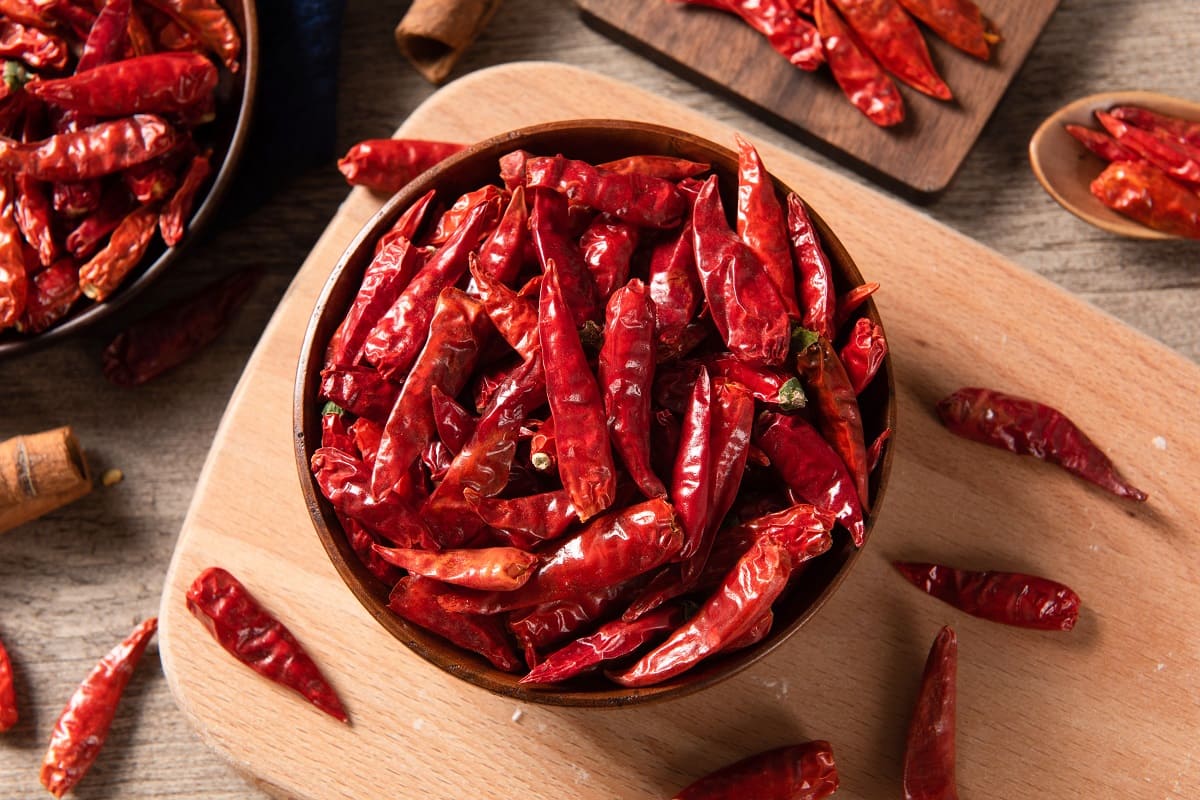

Articles
How To Store Dried Red Chillies For Long Time
Modified: January 5, 2024
Looking for tips on storing dried red chillies for a long time? Check out our informative articles for expert advice on proper storage techniques.
(Many of the links in this article redirect to a specific reviewed product. Your purchase of these products through affiliate links helps to generate commission for Storables.com, at no extra cost. Learn more)
Introduction
Dried red chillies are a staple ingredient in many cuisines around the world. They add heat, flavor, and a vibrant red color to dishes, making them a popular choice for spice lovers. However, dried red chillies can lose their potency and flavor if not stored properly. In this article, we will explore the various methods and tips for storing dried red chillies to ensure their long shelf life and maximum flavor retention.
Proper storage of dried red chillies is essential to preserve their distinct taste and aroma. Whether you grow your own peppers and dry them or purchase them from a store, following the right storage techniques will help you enjoy the flavor and heat of dried red chillies for an extended period. Additionally, storing them correctly can save you money by preventing spoilage and reducing the frequency of replacing spices.
When it comes to storing dried red chillies, there are several factors to consider, such as maintaining their flavor, protecting them from moisture, and extending their shelf life. This article will guide you through all the necessary steps and offer valuable tips to ensure your dried red chillies remain fresh and flavorful over time.
From choosing the right dried red chillies to employing proper storage techniques, it is crucial to pay attention to every detail to maximize their longevity. So, let’s delve into the specifics and discover how to store dried red chillies effectively.
Key Takeaways:
- Stock up on high-quality dried red chillies and store them in airtight containers, the refrigerator, freezer, or vacuum-sealed bags to preserve their flavor, heat, and vibrant color for extended culinary enjoyment.
- Follow proper storage techniques, such as keeping dried red chillies away from air, moisture, heat, and strong odors, to ensure their longevity and maintain their fiery goodness in your dishes.
Read more: How To Store Green Chillies
Why Store Dried Red Chillies?
There are several reasons why it’s beneficial to store dried red chillies properly:
1. Extended Shelf Life: Properly storing dried red chillies can significantly extend their shelf life. When stored correctly, they can last for up to a year or even longer, allowing you to have a constant supply of fiery flavors for your culinary creations.
2. Cost-Effective: Buying dried red chillies in bulk and storing them properly can be more cost-effective than purchasing small quantities frequently. By purchasing and storing in larger quantities, you can take advantage of discounts and save money in the long run.
3. Versatile Ingredient: Dried red chillies are incredibly versatile and can be used in various dishes. By having a well-stocked supply of dried chillies, you can add a touch of heat to soups, stews, curries, marinades, sauces, and even desserts, whenever the craving strikes.
4. Flavor Retention: Proper storage of dried red chillies ensures that their flavor remains intact. By keeping them in optimal conditions, you can preserve their intense heat and distinct flavor profiles, allowing you to incorporate their rich flavors into your cooking whenever you desire.
5. Seasonal Availability: Dried red chillies offer a great solution for enjoying this spicy ingredient year-round, especially when fresh peppers are out of season. By storing dried chillies properly, you can enjoy their flavor and heat even when they’re not readily available.
6. Health Benefits: Dried red chillies are not just a delicious addition to your meals; they also provide health benefits. They contain capsaicin, a compound known for its antioxidant and anti-inflammatory properties, which can help boost metabolism, promote digestion, and provide temporary relief from congestion and pain.
To reap these benefits, it’s crucial to store dried red chillies properly. By doing so, you can ensure that they retain their vibrant color, intense heat, and distinct flavor characteristics, allowing you to elevate your dishes with the perfect touch of spice.
In the following sections, we will explore the best practices for choosing the right dried red chillies for storage and the various methods of storing them to maintain their quality over time.
Choosing the Right Dried Red Chillies for Storage
When it comes to selecting dried red chillies for storage, there are a few factors to consider to ensure their longevity and quality:
1. Quality of Dried Chillies: Always choose high-quality dried red chillies for storage. Look for peppers that are deep red in color, with no signs of mold or moisture. Avoid purchasing dried chillies that appear brittle or have a dull color, as this may indicate that they are old or of inferior quality.
2. Heat Level: Consider the heat level of the dried chillies you prefer. Each variety of chilli pepper has a different level of spiciness, ranging from mild to extra hot. Choose the variety that suits your taste preferences and the dishes you enjoy. It’s a good idea to have a mix of different heat levels to accommodate different recipes.
3. Whole Chillies vs. Powder: Decide whether you want to store whole dried chillies or opt for chilli powder. While both options have their merits, whole dried chillies generally have a longer shelf life. They retain their heat and flavor for a more extended period compared to powdered chillies, which can lose their potency over time. However, if you frequently use chilli powder in your cooking, storing it in airtight containers can also be a practical option.
4. Varieties of Dried Chillies: There are numerous varieties of dried red chillies available, and each brings a unique flavor profile to your dishes. Some popular varieties include Kashmiri chillies, Thai bird’s eye chillies, Ancho chillies, and Cayenne chillies. Experiment with different varieties to discover the ones that suit your taste and culinary preferences.
5. Organic and Sustainable Options: If possible, opt for organic dried red chillies. Organic chillies are grown without the use of harmful pesticides or synthetic fertilizers, making them a healthier and more environmentally friendly choice.
By considering these factors, you can ensure that the dried red chillies you choose are of high quality and well-suited for long-term storage. Once you’ve selected the ideal dried chillies, it’s time to prepare them for storage, which is covered in the next section.
Preparing Dried Red Chillies for Storage
Before storing dried red chillies, it’s essential to properly prepare them to ensure their longevity and maintain their quality. Here are the steps to follow:
1. Inspect and Clean: Begin by carefully inspecting the dried red chillies for any signs of mold, insects, or damage. Discard any peppers that appear spoiled or compromised. Once you have selected the peppers to store, gently wipe them with a clean, dry cloth or paper towel to remove any dust or debris. This step helps to keep the storage container clean and prevents contaminants from affecting the quality of the chillies.
2. Remove Stems and Seeds: If your dried chillies still have stems attached, it’s best to remove them before storage. The stems can introduce moisture into the container and potentially lead to spoilage. Additionally, you can choose to remove the seeds depending on your preference. Removing the seeds can help reduce the heat level, but if you enjoy the spiciness, feel free to leave them intact.
3. Crushing or Grinding: Depending on your preferred cooking methods, you may want to crush or grind some or all of your dried red chillies before storing them. Crushing or grinding the chillies into flakes or powder allows for easy measurement and incorporation into your recipes. If you choose to grind them, use a spice grinder or a mortar and pestle to achieve the desired consistency.
4. Drying Moisture: If you notice any moisture in your dried chillies, it’s crucial to remove it before storage. Excess moisture can lead to mold growth and spoilage. To remove moisture, you can either spread the chillies on a baking sheet and leave them in a dry and well-ventilated area for a few hours or gently heat them in a low-temperature oven for a short period of time. Make sure not to overheat the chillies as it can affect their flavor and quality.
5. Optional Roasting: Roasting dried red chillies can enhance their flavor and bring out additional depth. You can roast them by heating a dry skillet over medium heat and lightly toasting the chillies for a few minutes until they become fragrant. This step is optional but can add a delicious smoky flavor to your dishes.
Once your dried red chillies are cleaned, stems and seeds removed (if desired), and properly dried or roasted, they are ready for storage. In the next sections, we will explore different methods of storing dried red chillies to maintain their flavor and quality over time.
Storing Dried Red Chillies in an Airtight Container
One of the most common and effective methods of storing dried red chillies is to use an airtight container. This method helps to protect the chillies from exposure to air, moisture, and light, which can cause them to lose their potency and flavor. Here’s how to store dried red chillies in an airtight container:
1. Choose the Right Container: Select a clean, dry, and airtight container specifically designed for food storage. Glass jars with tight-sealing lids or plastic containers with silicone gaskets are excellent options. Avoid using containers made of material that can absorb odors or transfer flavors to the chillies.
2. Label the Container: To make it easier to identify the dried red chillies at a glance, label the container with the variety or heat level of the chillies and the date of storage. This will help you keep track of their freshness and use them in the correct order.
3. Fill the Container: Place the dried red chillies into the container, ensuring that there is enough space for them to move freely. Avoid overfilling the container, as it can lead to crushed or broken peppers, decreasing their shelf life. Leave a small gap at the top of the container to allow for any residual moisture to escape.
4. Store in a Cool, Dark Place: Find a cool and dark spot in your pantry or kitchen cabinet to store the airtight container. Avoid areas near the stove or any location exposed to direct sunlight, as heat and light can degrade the quality of the chillies over time. The ideal temperature for storage is between 50°F (10°C) and 70°F (21°C).
5. Check for Air Tightness: Before sealing the container, ensure that it is truly airtight. You can do this by closing the lid tightly and giving it a gentle shake. If you hear or feel any air escaping, recheck the seal and make sure it is securely closed.
6. Store Properly Sealed: Once you are sure the container is airtight, seal it properly and store it in the chosen location. Remember to keep the container away from any sources of moisture and heat that could compromise the quality of the dried red chillies.
By storing dried red chillies in an airtight container, you can protect them from moisture, air, and light, ensuring their flavor and heat remain intact for an extended period. In the next sections, we will explore additional methods of storing dried red chillies, including refrigeration, freezing, and vacuum sealing.
Store dried red chillies in an airtight container in a cool, dark place to maintain their flavor and potency for a longer time. Avoid exposure to moisture and sunlight.
Read more: How To Store Eggs For A Long Time
Storing Dried Red Chillies in the Refrigerator
While storing dried red chillies in an airtight container is the most common method, you can also opt to store them in the refrigerator for added longevity. This method is especially useful in warmer climates or during humid seasons. Here’s how to store dried red chillies in the refrigerator:
1. Prep and Package: Follow the steps of preparing the dried red chillies as outlined earlier, including inspecting, cleaning, removing stems and seeds (if desired), and drying or roasting. Ensure that the chillies are completely dry before proceeding.
2. Airtight Packaging: Place the prepared dried chillies in a clean, dry, and airtight container or resealable plastic bag. Squeeze out any excess air from the bag before sealing to minimize moisture exposure. Alternatively, you can use vacuum-sealed bags for even better protection against moisture and air.
3. Refrigerator Placement: Find a dedicated spot in your refrigerator for storing the dried red chillies. It’s best to place them on a shelf away from any moisture-producing items like vegetables or fruits. This will prevent any transfer of moisture that could impact the quality of the chillies.
4. Temperature Control: Set your refrigerator to the appropriate temperature for storing dried goods, typically between 35°F (2°C) and 40°F (4°C). Avoid storing the chillies in the warmer areas of the refrigerator, such as the door, as temperature fluctuations can impact the quality of the spices.
5. Check and Rotate: Periodically check on the dried red chillies in the refrigerator to ensure they remain dry and free from mold or moisture. If you notice any signs of spoilage, discard the affected chillies immediately. Additionally, rotate the position of the container or bag occasionally to ensure even cooling and freshness.
6. Note Shelf Life: While storing dried red chillies in the refrigerator can extend their shelf life, it’s essential to note that they may still lose some flavor and potency over time. It’s recommended to use them within 6 to 12 months for the best quality. Proper storage conditions and regular inspections will help to maintain their freshness for as long as possible.
Storing dried red chillies in the refrigerator not only keeps them fresh for a longer period but also protects them from potential moisture and heat damage. However, if you prefer even longer-term storage, freezing the dried chillies is an excellent option, which we will explore in the next section.
Storing Dried Red Chillies in the Freezer
If you want to store dried red chillies for an extended period, freezing them is an excellent option. Freezing helps to preserve the flavor and heat of the chillies while also preventing the growth of molds and extending their shelf life. Here’s how to store dried red chillies in the freezer:
1. Prep and Package: Begin by preparing the dried red chillies as mentioned before, including inspecting, cleaning, removing stems and seeds, and drying or roasting if desired. Make sure the chillies are completely dry before proceeding.
2. Sealable Bags or Containers: Place the prepared dried chillies in airtight freezer-safe bags or containers. Ensure the bags are well-sealed to prevent any air or moisture from entering. Alternatively, you can use vacuum-sealed bags to enhance the longevity and protection of the chillies.
3. Portioning: If you anticipate using different quantities of dried chillies in your recipes, consider portioning them before freezing. This way, you can easily grab the required amount without thawing the entire batch. Small ziplock bags or ice cube trays are great for portioning and freezing individual servings of dried red chillies.
4. Label and Date: It’s important to label the bags or containers with the variety of dried chillies and the date of freezing. This information will help you keep track of the different types of chillies and use them in the correct order to maintain freshness.
5. Freezer Placement: Find a dedicated spot in your freezer where the dried red chillies won’t be disturbed or crushed. Place them on a flat surface or stack them neatly to maximize space utilization. Avoid placing heavy items on top of the bags or containers to prevent any damage to the chillies.
6. Optimal Freezer Temperature: Set your freezer to the appropriate temperature, typically between 0°F (-18°C) and -10°F (-23°C). Proper temperature control is crucial for maintaining the quality and flavor of the dried chillies during the freezing process.
7. Thawing and Usage: When you need to utilize the frozen dried red chillies, simply remove the desired portion from the freezer and allow them to thaw at room temperature. Alternatively, you can add the frozen chillies directly to your cooking, allowing them to thaw and infuse their flavors as the dish cooks.
By storing dried red chillies in the freezer, you can preserve their flavor, heat, and quality for an extended period. This method is particularly useful if you have a large quantity of dried chillies or want to stock up on a variety of different types. However, if you prefer a more high-tech storage solution, vacuum sealing is an option worth considering.
Using Vacuum Sealing for Long-Term Storage
Vacuum sealing is a popular method for long-term storage of various food items, including dried red chillies. This technique removes air from the packaging, creating a tight seal that helps to preserve the flavor, aroma, and quality of the chillies over an extended period. Here’s how to use vacuum sealing for storing dried red chillies:
1. Prepare the Dried Chillies: Begin by preparing the dried red chillies as mentioned earlier, ensuring they are cleaned, inspected, and properly dried. Removing stems and seeds is optional, depending on your preference.
2. Portion and Package: Divide the dried chillies into smaller portions for convenient usage. Place the desired quantity into individual vacuum-seal bags or rolls, ensuring that there is enough space to create a seal at the open end of the bag.
3. Vacuum Sealing Machine: Use a vacuum sealing machine or device specifically designed for sealing food items. Follow the manufacturer’s instructions for your specific machine to properly seal the bags. Typically, this involves placing the open end of the bag into the machine, starting the vacuum-sealing process, and allowing the machine to remove the air and seal the bag.
4. Label and Date: Label each sealed bag with the variety of dried chillies and the date of sealing. This information will help you keep track of the different types and ensure you use the oldest ones first for maximum freshness.
5. Storage Location: Find an appropriate storage location for the vacuum-sealed bags of dried red chillies. A cool, dark pantry or cabinet away from heat and sunlight is ideal. Make sure the area is dry to prevent any moisture from affecting the integrity of the seal or the quality of the chillies.
6. Shelf Life and Usage: Vacuum-sealed bags of dried red chillies can typically retain their flavor and quality for up to 1 to 2 years. To use the chillies, simply open the sealed bag, remove the desired portion, and reseal it using a vacuum sealing machine or transfer the remaining portion into an airtight container for easy access.
Vacuum sealing is a great option for those who wish to store large quantities of dried red chillies for extended periods. This method helps to protect the chillies from air, moisture, pests, and temperature fluctuations, ensuring they stay fresh and flavorful until you’re ready to use them.
Whether you choose to store dried red chillies in an airtight container, in the refrigerator, freezer, or using vacuum sealing, it’s important to follow the recommended storage methods to maintain their flavor and quality. By taking the necessary precautions and proper storage techniques, you can enjoy the vibrant heat and flavor of dried red chillies in your dishes for a long time to come.
Tips for Maintaining Flavor and Quality of Stored Dried Red Chillies
To ensure the maximum flavor and quality of your stored dried red chillies, here are some tips and guidelines to follow:
1. Store in a Cool and Dark Place: Keep your dried red chillies away from heat, sunlight, and moisture. Exposure to these elements can degrade the flavor, color, and potency of the chillies. Store them in a cool, dry, and dark location, such as a pantry or kitchen cabinet.
2. Avoid Excessive Handling: Excessive handling of the dried chillies can cause them to lose their flavor and aroma. Therefore, it’s best to handle them only when necessary. If you need to measure or crush the chillies, do so directly over your dish or grinder to minimize contact.
3. Minimize Exposure to Air: Air is the enemy when it comes to maintaining the freshness of dried chillies. To minimize air exposure, store them in airtight containers or vacuum-sealed bags. Removing as much air as possible helps to prevent oxidation and maintain their optimal flavor.
4. Keep Away from Strong Odors: Dried red chillies have a unique flavor profile, and they can absorb strong odors from their surroundings. Keep them away from strong-smelling ingredients, such as spices, herbs, or cleaning products. This will help the chillies retain their own distinct aroma and flavor.
5. Use the Oldest First: Dried red chillies have a relatively long shelf life, but it’s still important to use them in the order they were stored. Always use the oldest batch first to ensure that you are consuming the freshest chillies first and maintaining a rotation of your stock.
6. Regularly Inspect and Discard Spoiled Chillies: Periodically check your stored dried red chillies for any signs of spoilage, such as mold, moisture, or foul odor. If you come across any spoiled chillies, discard them immediately to prevent the contamination from spreading to other chillies.
7. Grind or Crush When Needed: For the freshest and most potent flavor, it’s best to grind or crush the dried red chillies just before use. This helps to release the essential oils and capture the full intensity of their flavor. Invest in a good quality spice grinder or mortar and pestle for the best results.
8. Store in Smaller Portions: If you don’t use dried red chillies frequently, consider storing them in smaller portions to minimize the exposure to air and moisture every time you open the container or bag. This will help to maintain the freshness and quality of the remaining chillies.
By following these tips, you can ensure that your stored dried red chillies maintain their flavor, heat, and overall quality for an extended period. Whether you choose to store them in an airtight container, the refrigerator, the freezer, or vacuum-sealed bags, proper storage techniques and careful handling will enhance your culinary experience with these fiery spice gems.
Read more: How To Store Ammo For Long Time
Conclusion
Proper storage of dried red chillies is paramount to maintaining their flavor, heat, and quality for an extended period of time. By following the right techniques and guidelines, you can enjoy the vibrant taste and aroma of these fiery spice condiments in your cooking year-round.
Whether you choose to store dried red chillies in an airtight container, the refrigerator, the freezer, or using vacuum sealing, the key is to protect them from air, moisture, heat, and light. These factors can all contribute to the deterioration of their flavor and potency.
When selecting dried red chillies for storage, opt for high-quality ones that are deep red in color and free from mold or moisture. Consider the heat level, choose the right varieties to suit your preferences, and decide whether to store them as whole chillies or in powdered form.
Preparing dried red chillies for storage involves cleaning, removing stems and seeds (if desired), and ensuring they are completely dry. Additionally, you can choose to crush, grind, or roast the chillies to enhance their flavor profile.
Storing dried red chillies in an airtight container, refrigerator, freezer, or vacuum-sealed bags all have their benefits, allowing you to choose the method that suits your needs and preferences. However, keep in mind the recommended storage temperatures and proper handling techniques.
To maintain the flavor and quality of your stored dried red chillies, store them in a cool, dark place away from strong odors, minimize air exposure, use the oldest ones first, and regularly inspect for spoilage.
By following these tips, you can enjoy the rich flavor, intense heat, and vibrant color of dried red chillies in your culinary creations for an extended period. Experiment with different varieties, use them sparingly or generously, and let your taste buds revel in the fiery goodness that dried red chillies bring to your dishes.
So, stock up on your favorite dried red chillies, employ the proper storage techniques, and embark on a flavorful journey that will spice up your kitchen and delight your taste buds!
Frequently Asked Questions about How To Store Dried Red Chillies For Long Time
Was this page helpful?
At Storables.com, we guarantee accurate and reliable information. Our content, validated by Expert Board Contributors, is crafted following stringent Editorial Policies. We're committed to providing you with well-researched, expert-backed insights for all your informational needs.
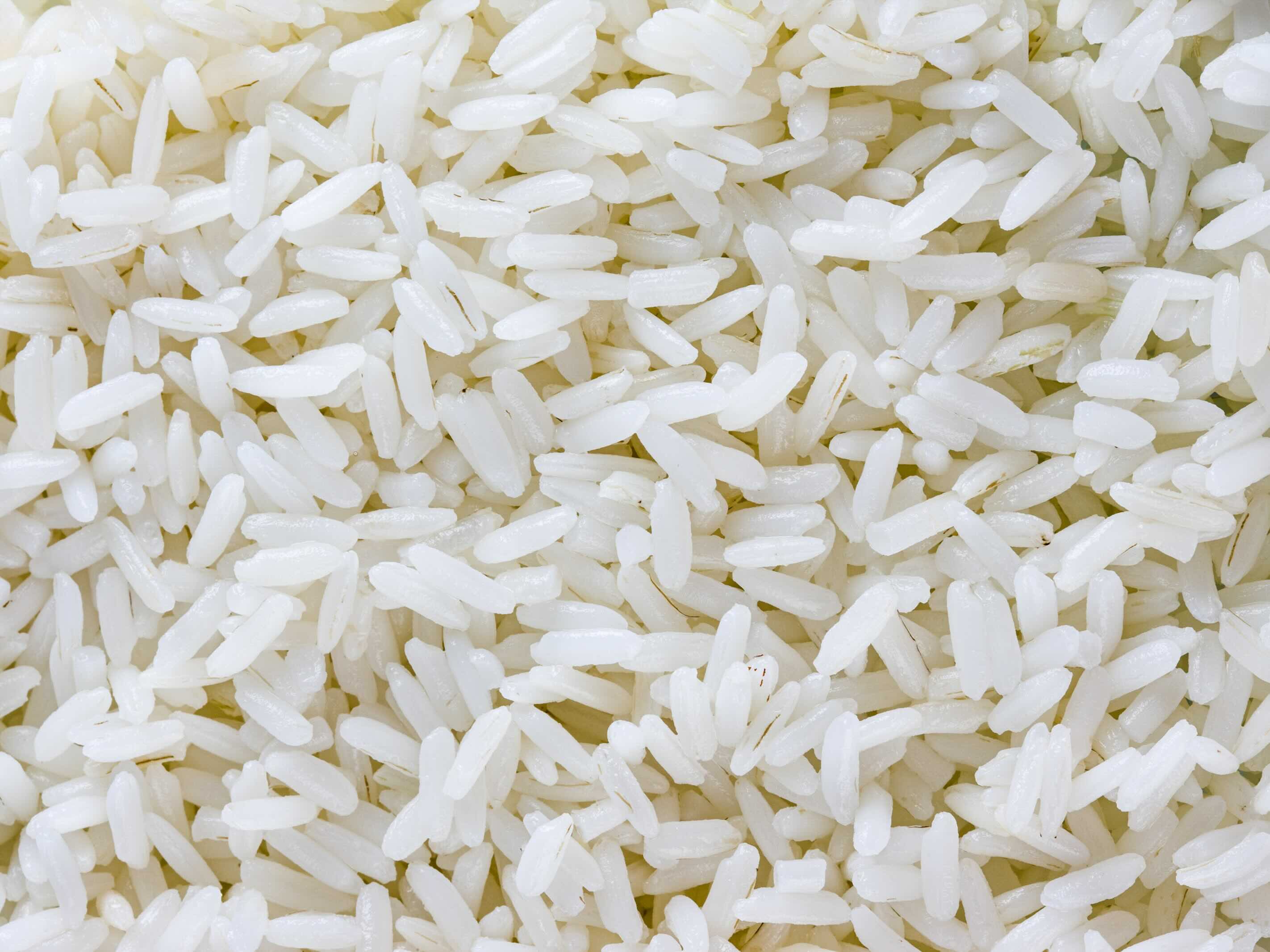
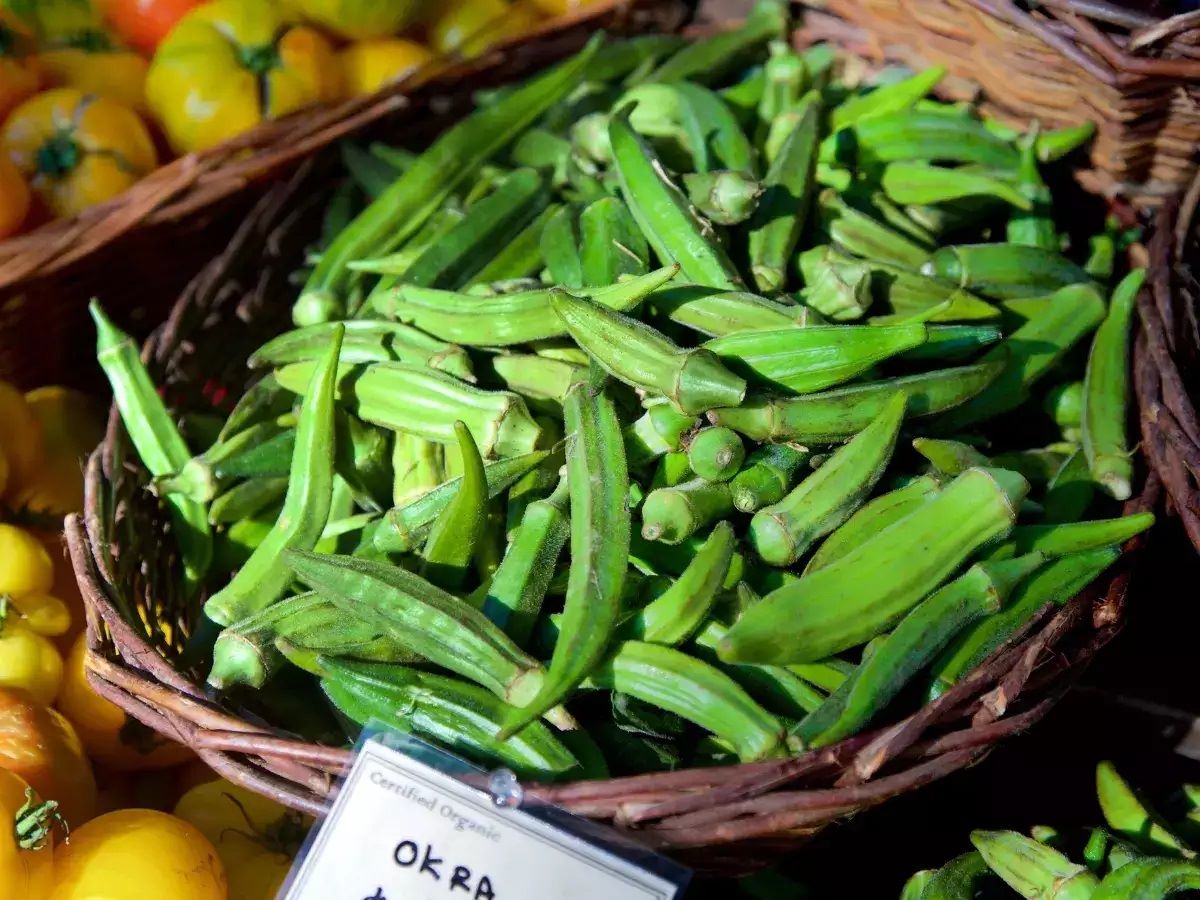
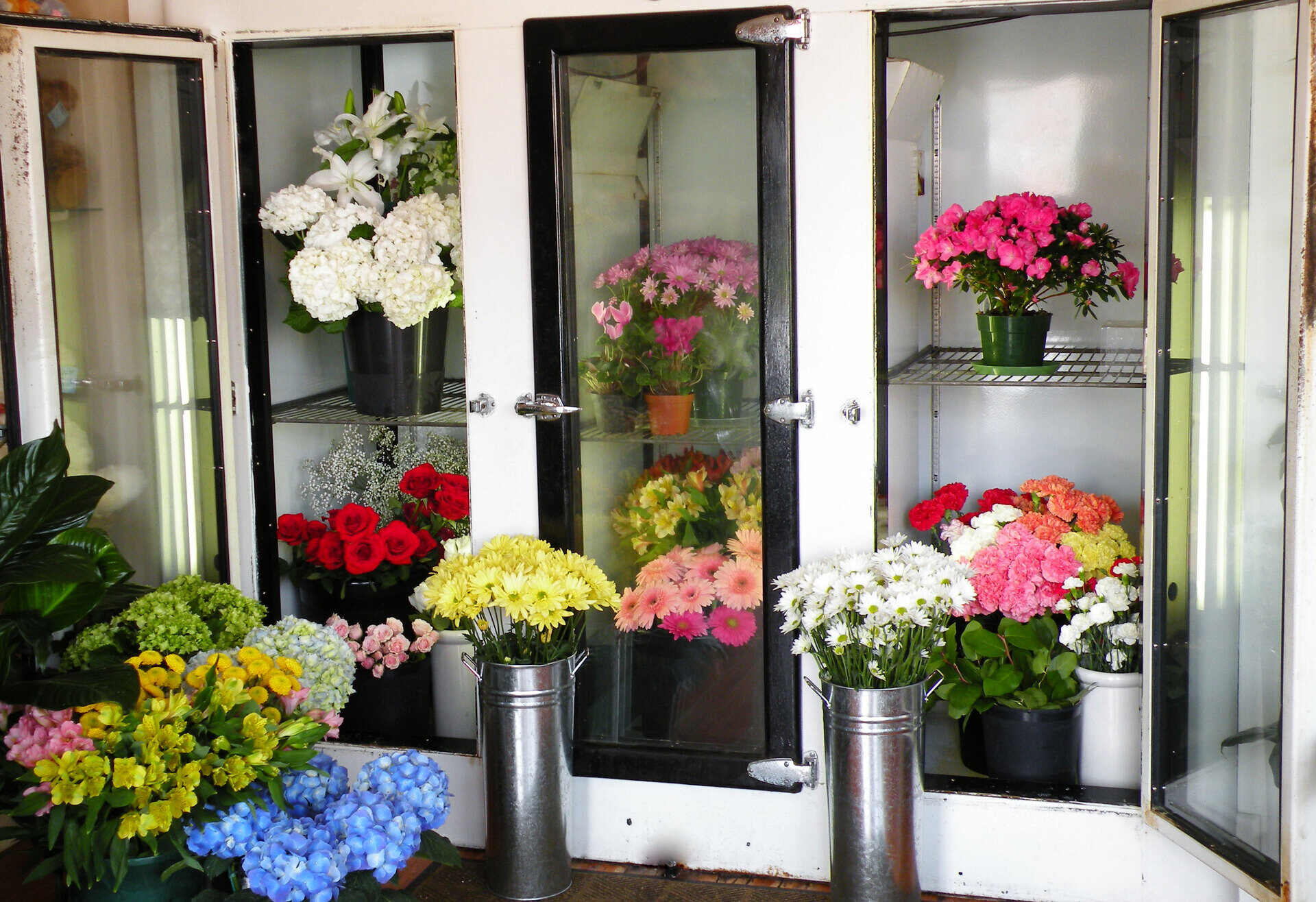
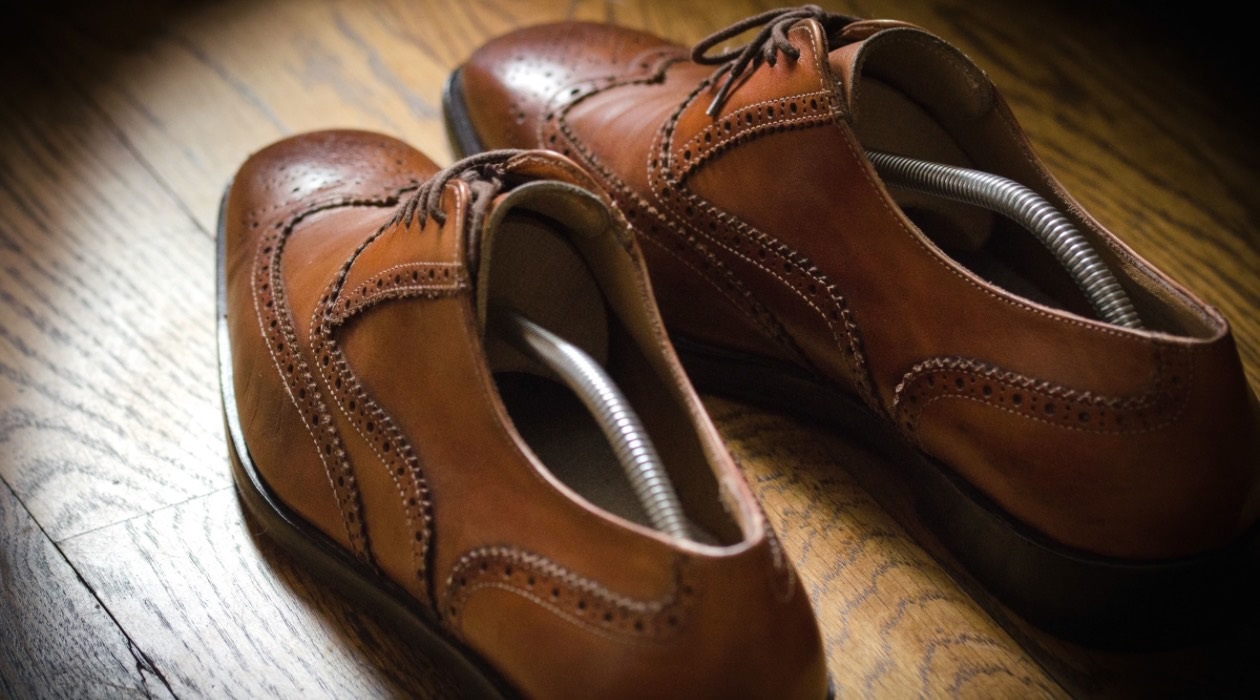

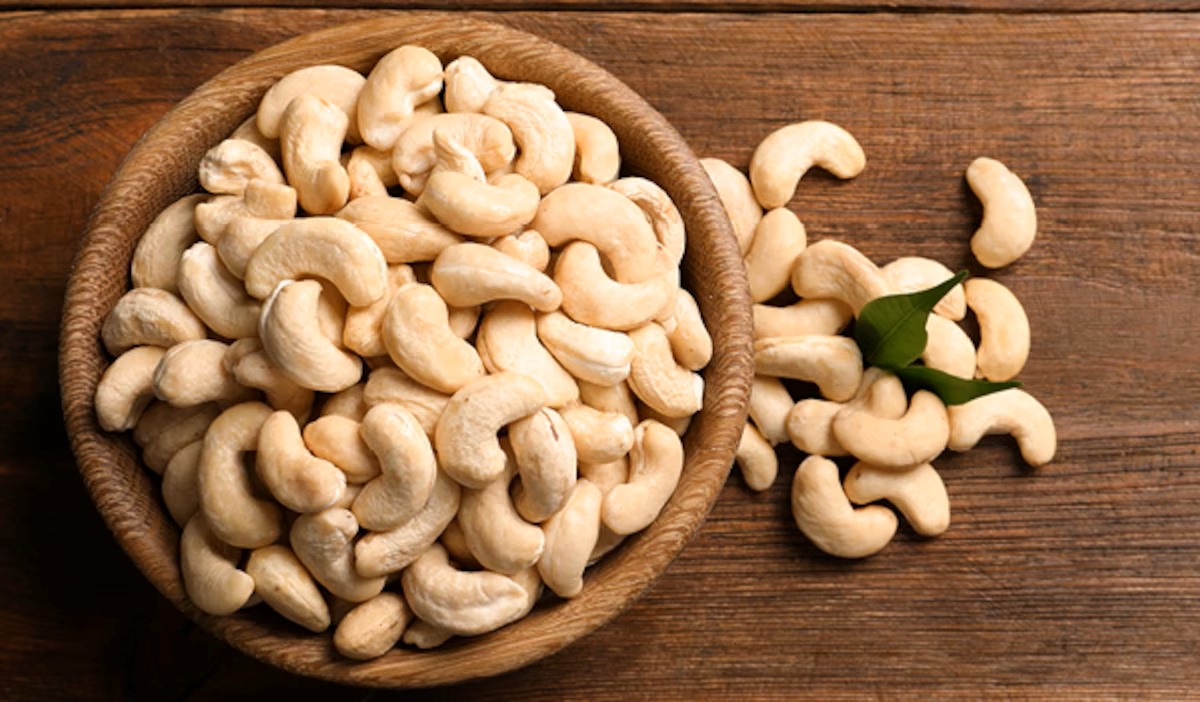
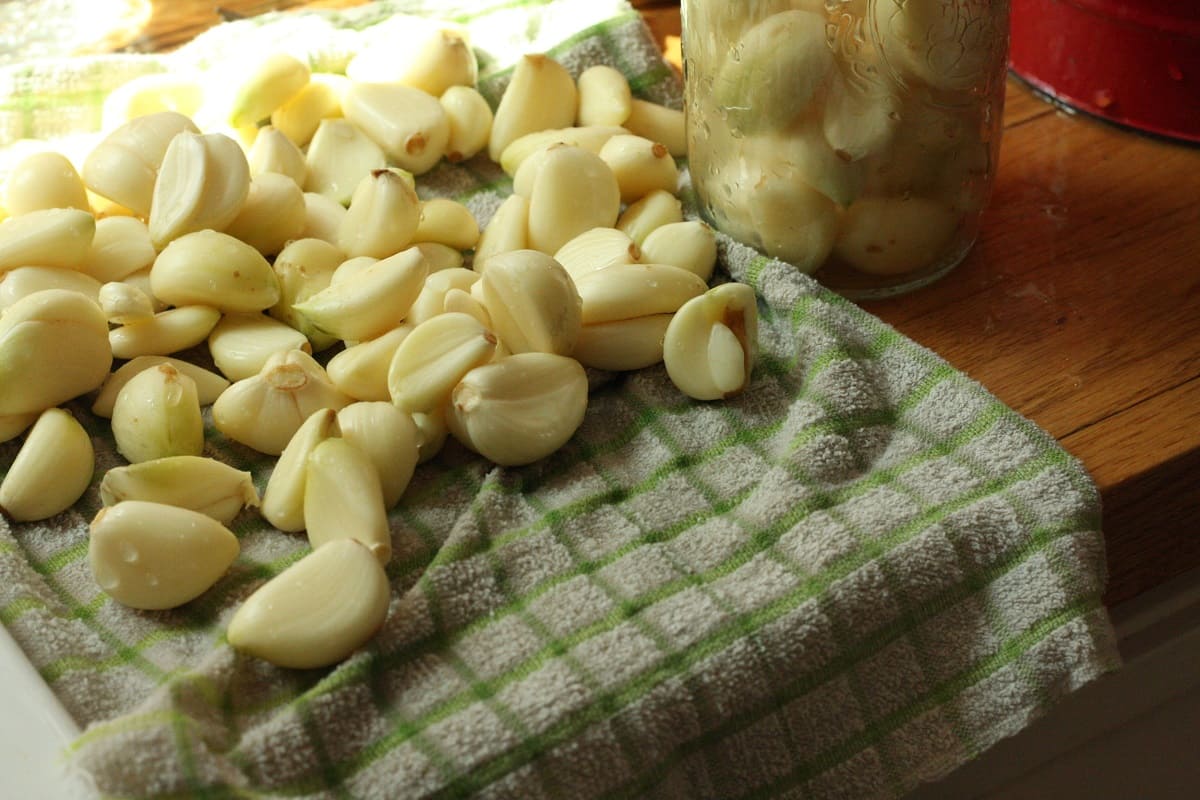
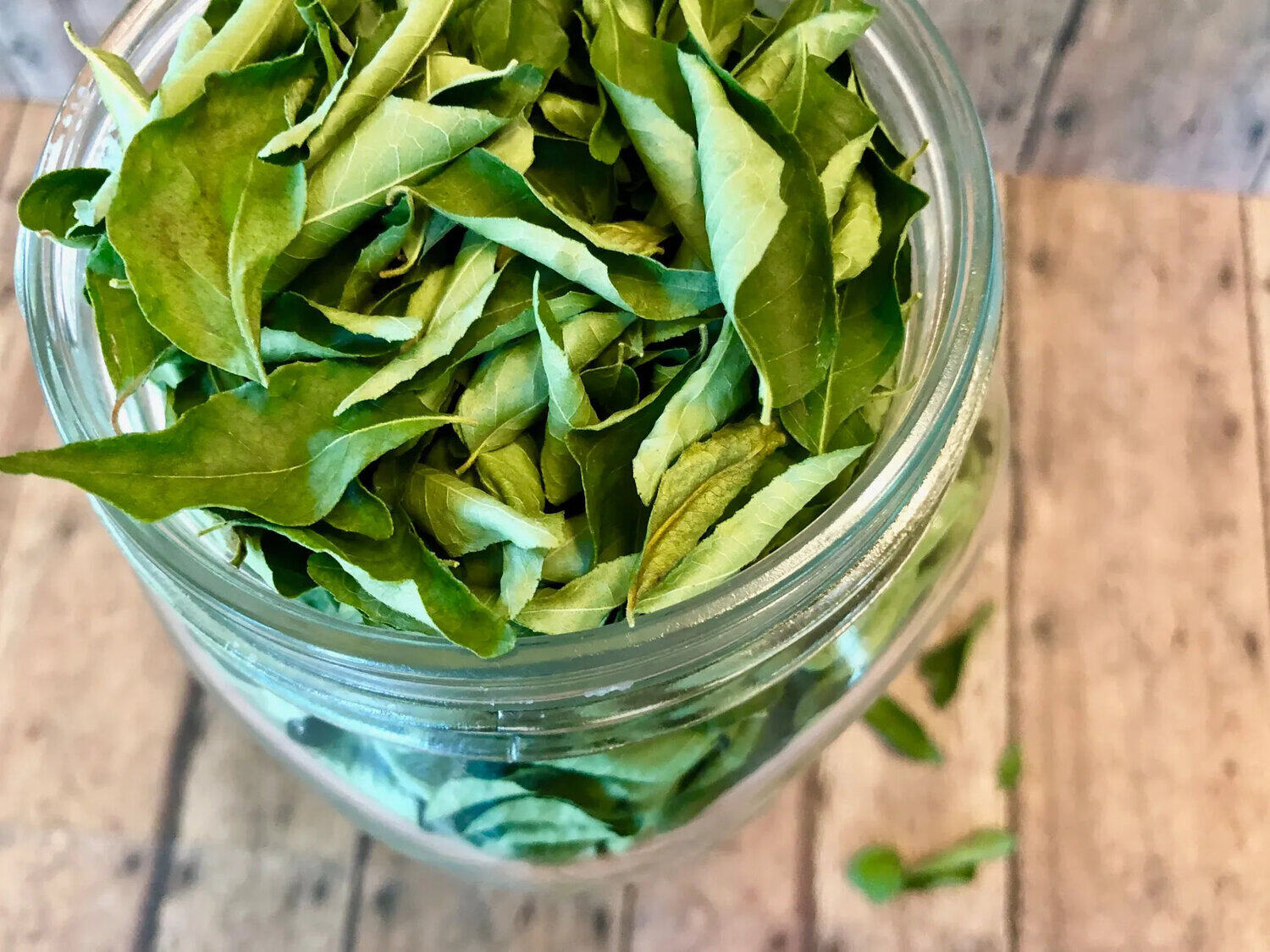


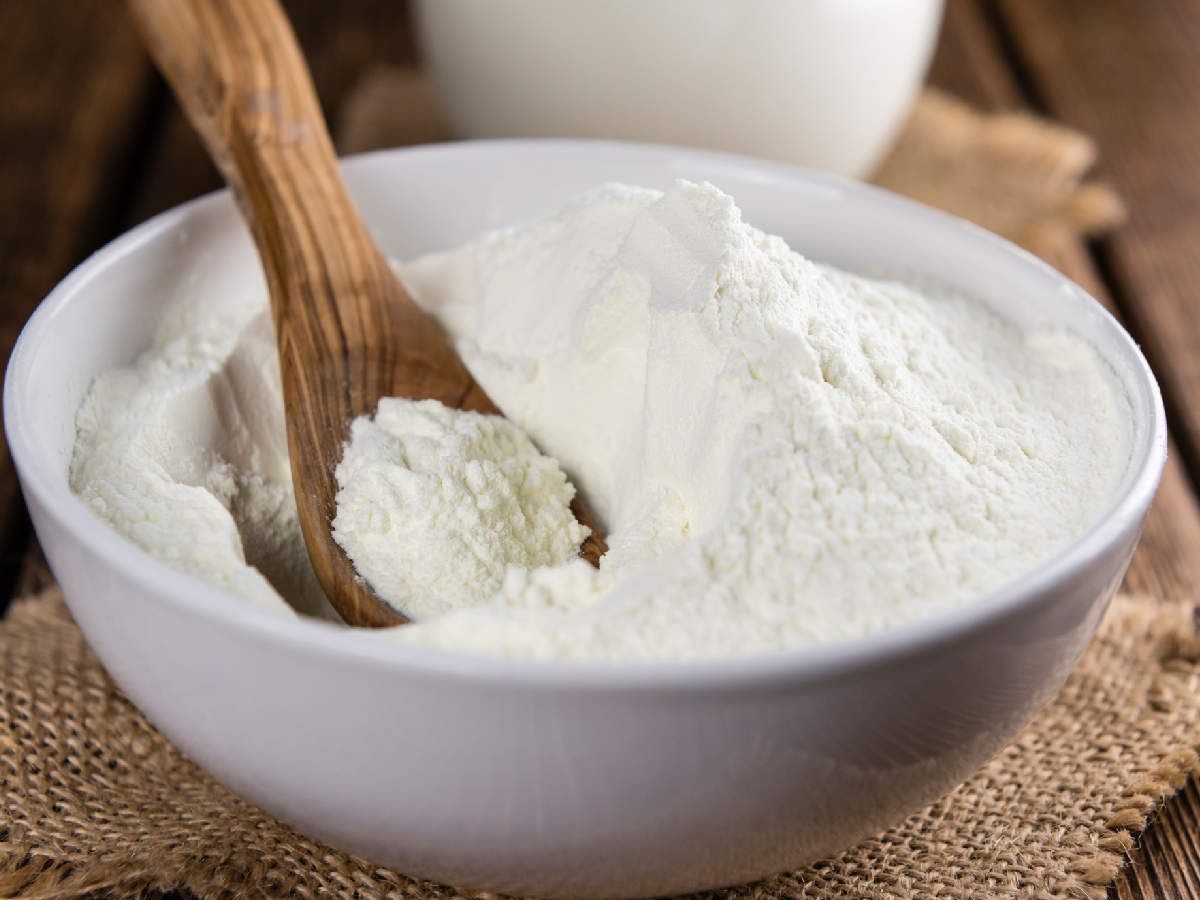
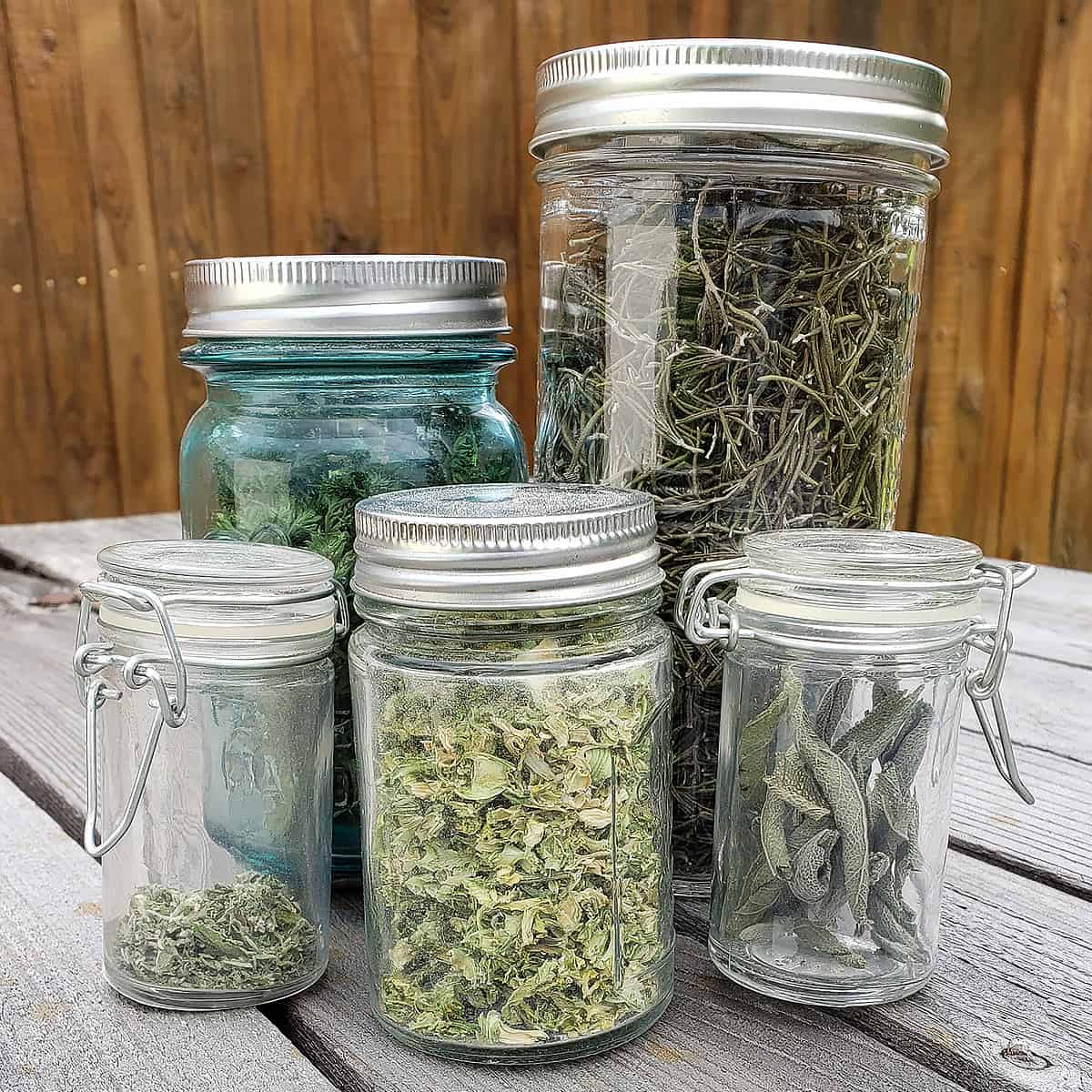


0 thoughts on “How To Store Dried Red Chillies For Long Time”